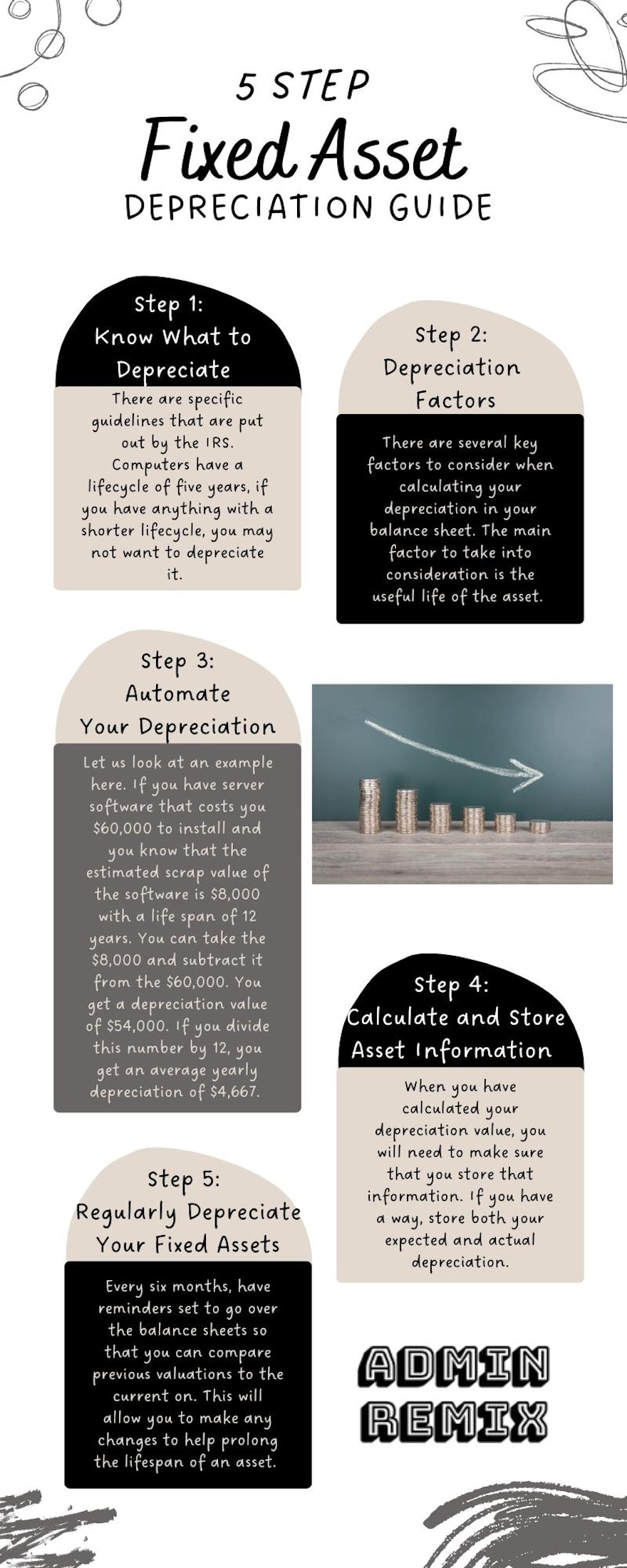When you calculate depreciation, you are calculating the cost of using your assets over their lifetime. This will help you to maintain your books and have a correct assessment come time to file taxes.
Step 1: Know What to Depreciate.
When starting the process of depreciating your devices look at what type of device it is. If it is a short-term device that is not going to stay in your fleet long, it is not worth depreciating. Also, look at the value of the device. If it is a low-cost device, it might not be worth depreciating it, but you should still track the device.
There are specific guidelines that are put out by the IRS. Computers have a lifecycle of five years, if you have anything with a shorter lifecycle, you may not want to depreciate it.
Step 2: Depreciation Factors
There are several key factors to consider when calculating your depreciation in your balance sheet. The main factor to take into consideration is the useful life of the asset. How long are you expecting to use the devices? Once it is past this point, you are able to calculate the salvage value if applicable.
Step 3: Automate Your Depreciation
Let us look at an example here. If you have server software that costs you $60,000 to install and you know that the estimated scrap value of the software is $8,000 with a life span of 12 years. You can take the $8,000 and subtract it from the $60,000. You get a depreciation value of $54,000. If you divide this number by 12, you get an average yearly depreciation of $4,667.
Step 4: Calculate and Store Asset Information Using Dedicated Software
When you have calculated your depreciation value, you will need to make sure that you store that information. Make sure that you have a way to store this with all of the other information that you manage for your fleet.
If you have a way, store both your expected and actual depreciation. This will allow you to track if your assets are declining in value too quickly. If you are looking for a way to track this information, check out AssetRemix, you can manage up to 50 devices for free.
Step 5: Regularly Depreciate Your Fixed Assets
When managing your fleet, make sure that you regularly check on all of your fixed assets, and keep up with the depreciation. Every six months, have reminders set to go over the balance sheets so that you can compare previous valuations to the current on. This will allow you to make any changes to help prolong the lifespan of an asset.
